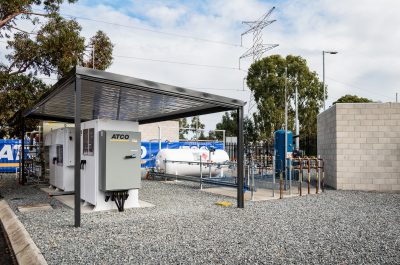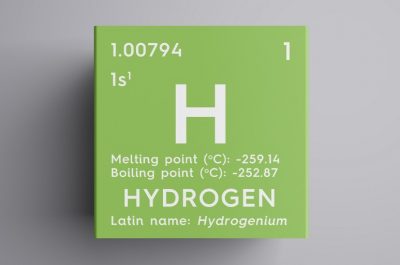International Electricity Summit: The State of the Global Energy Transition
Recently, Louisa Kinnear, CEO of the Australian Energy Council, Dom van den Berg, CEO of Energy Networks Australia and John Cleland, Chair of Energy Networks Australia attended the International Electricity Summit. Held every 18 months, the Summit brings together leaders from across the globe to share updates on energy markets around the world and the opportunities and challenges in the transition to net zero.
This year, the Summit was hosted online by the Federation of Electric Power Companies of Japan and provided an excellent opportunity to share the Australian experience and better understand the extent to which transitioning energy markets across the globe are experiencing similar issues.
A summary of the key themes relevant to the Australian context are outlined below.
Electrification is moving at different speeds
In the United States, electricity peak demand growth and net energy growth rates are increasing more rapidly than at any point in the last 30 years. This is due to a combination of electrification, increased manufacturing and the rise of artificial intelligence driving demand for data centres.
In contrast, the rate of electrification in Europe has stayed flat (around 23 per cent annually) and is projected to fall well below 2030 targets. This is exacerbated by a circa 7.5 per cent reduction in electricity demand over the past few years, with more than half of this reduction due to industrial slowdown.
Increased volatility in wholesale electricity prices is being observed worldwide
There is growing recognition across all jurisdictions that as the proportion of renewable energy increases and legacy fossil fuel generators retire, wholesale electricity prices will become more volatile, with negative pricing now commonly seen across Europe. This issue is exacerbated by a lack of low-emissions long duration or seasonal storage options. Dependant on geography, overall energy mix and regulatory settings – pumped hydro, nuclear and gas are all being considered to firm renewables.
Australia finds itself in a similar position with the need for long duration energy storage (LDES) which is flexible enough to provide back-up generation during both extreme intraday periods and during days (or potentially weeks) of wind droughts, like the one experienced in May of this year in the south-east of Australia. As thermal assets like coal-fired power stations retire, Australia will require highly flexible, long-duration generation sources that are less weather dependent to navigate through these ‘low-renewables’ periods and provide this insurance to ensure reliability.
For example, Portugal (which also operates an energy-only market like the east coast of Australia) has recently experienced six consecutive days operating at 100 per cent renewable energy with a combination of pumped hydro, wind and solar sources. For the shoulder and potential renewable drought periods, Portugal is relying on gas-fired generation, with a utilisation of less than 20 per cent. This has resulted in capacity payments being made to gas generators to ensure they remain financially viable and available to run when sufficient renewable energy capacity is not available.
A shift in focus from ‘climate action’ to ‘climate and competitiveness’ (the energy trilemma strikes again!)
Rising electricity prices are a concern for all jurisdictions as is the challenge of achieving the energy trilemma by balancing cost, reliability and sustainability. Climate action rightly remains high on the agenda, but a reduction in industrial demand in Europe is shining a light on the impact of high prices and the knock-on implications for economic competitiveness.
Some jurisdictions highlighted that protectionism policies were increasing costs across the energy supply chain (and therefore indirectly increasing consumer energy costs) via both restrictions on importing energy sources and materials and local manufacturing incentives.
Transmission and distribution on the critical path
Like Australia, the sheer volume of renewable energy capacity required to meet emissions targets has put significant pressure on existing transmission and distribution networks, globally. This is particularly the case across Europe where connection requests for solar have tripled. Despite regulatory change driving improved processes, the time to deliver network infrastructure remains on the critical path.
So what does this mean for Australia?
Globally, the energy industry continues to look for ways to reduce emissions while still maintaining a reliable and affordable energy system, and all jurisdictions acknowledge achieving this balance remains a significant challenge.
There is no easy solution, but we can’t forget that ultimately, customers are at the centre of the renewable energy transition. More collaboration is required between the energy industry, policy makers and regulators to ensure that we can navigate the renewable energy transition in the most efficient way to benefit all consumers.



